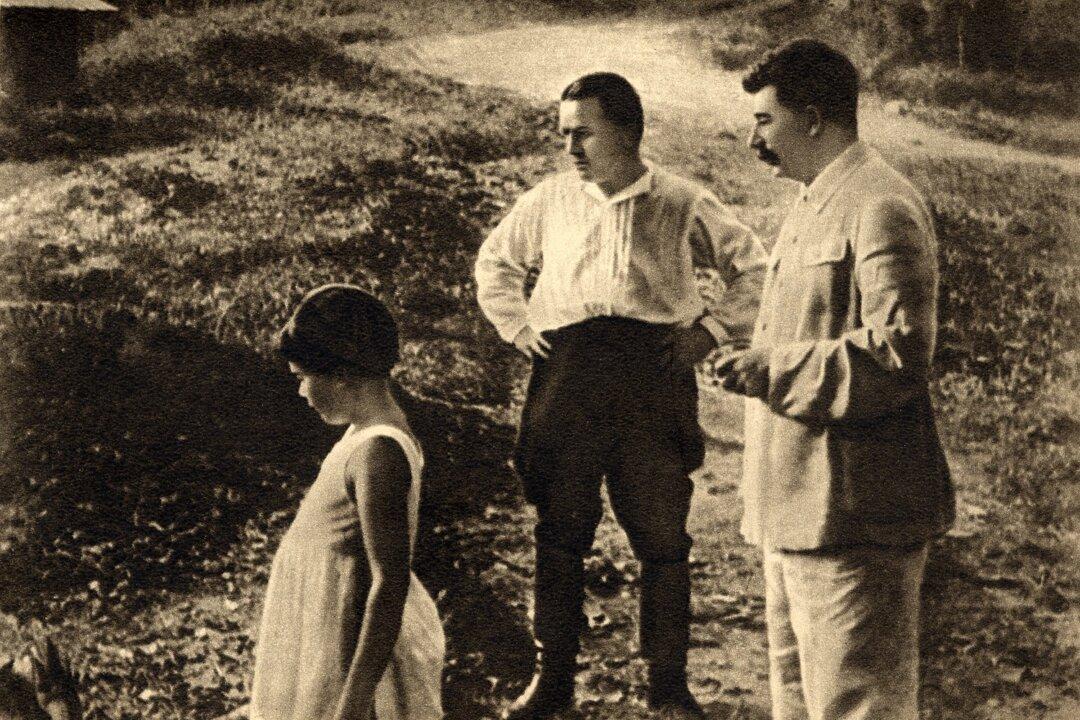Commentary
The assassination of Sergei Kirov on Dec. 1, 1934—despite the fact that he was considered a leading light of the young USSR—was a bellwether for Stalin’s extensive purges that came later.

The assassination of Sergei Kirov on Dec. 1, 1934—despite the fact that he was considered a leading light of the young USSR—was a bellwether for Stalin’s extensive purges that came later.